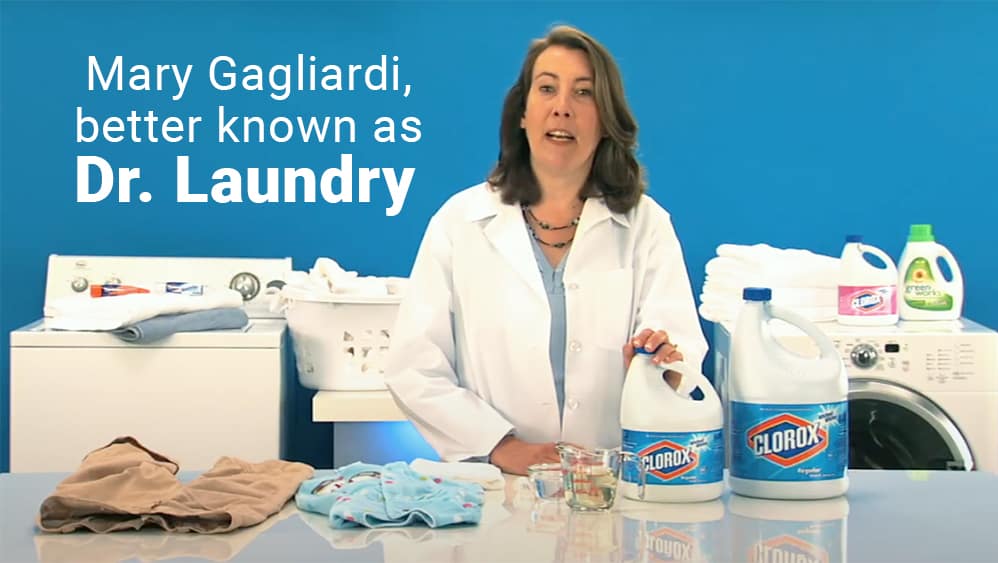Without fail, every year, the cold and flu season comes to pay a visit. Despite what you try to do to avoid it, inevitably, someone in your family will catch a cold and most likely spread it around to the healthy members of the family. When you have young children, it is especially important to try to get the germs out of the house as soon as you can.
To truly get the flu germs out of your house, you’re going to have to do some serious cleaning to prevent it from spreading and making everyone sick. The problem is – where and when do you start cleaning? There are definitely certain areas that should be the priority and even some items too. Get ready to learn how to go about cleaning up the flu.

1. What Should You Clean First?
You can take a sigh of relief if you are a mom, dad, or partner of someone with the flu. You aren’t going to need to clean the entire house necessarily. Mary Gagliardi, better known as Dr. Laundry from The Clorox Company, says, “Most people who have the flu tend to lay low, so you can skip cleaning your home from top to bottom.”

What should we be focusing on then? She says that to her, she would prioritize the bathroom and the kitchen. Mary also means that any shared surfaces in the bedroom should also be cleaned. You’ll need to try and clean the space where the sick family member has spent their time and sometimes even retrace their steps as you clean.
